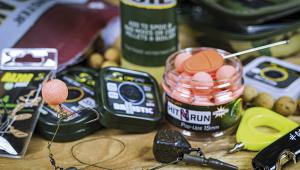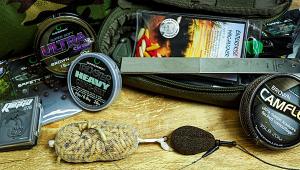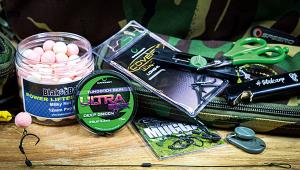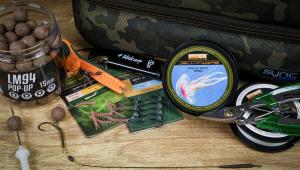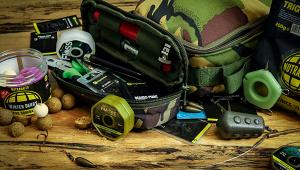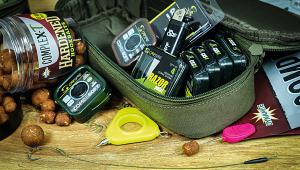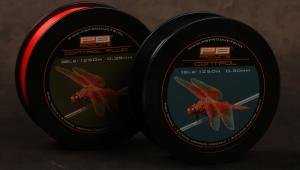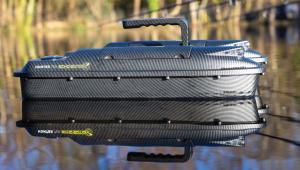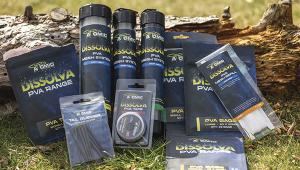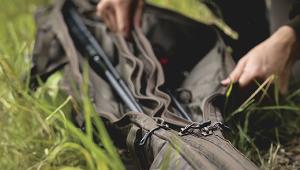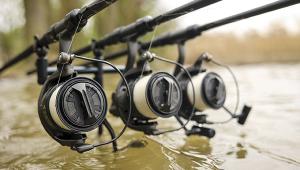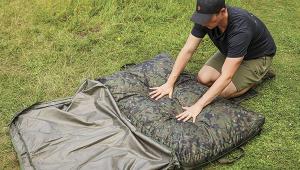Anatomy Of A Carp Rig | Matt Townend's Reverse-Combi Rig (Video)
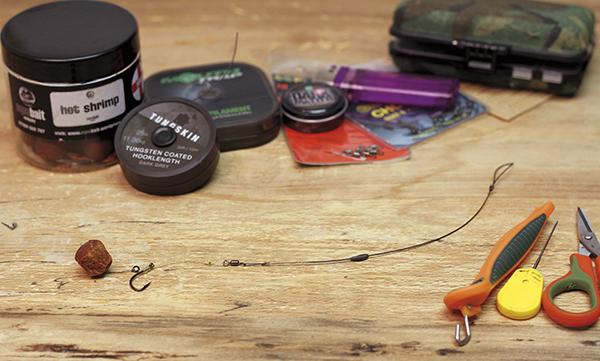
For a long time I’ve taken a great interest in rig mechanics and have played around testing various rigs on the bank, in the water and through real fishing situations. This probably all kicked off after watching the Korda underwater videos all those years ago, seeing just how often those carp were getting away with it. While all the rigs they used worked well if the hook link was tensioned against the lead, carp seemed to be able to suck in a hook bait, then eject it with just as much ease.
I can actually remember as a youngster, speaking to an also much younger Elliott Gray via email about certain rigs. We’d both come to the same conclusion that the typical flip-and-turn setup just wouldn’t cut it and that the problem was the hook inverting and exiting the mouth bend first as a carp ejected the rig.
We both knew that a stiff extension of the shank, ie a chod rig section, was by far the best way of overcoming this problem. Ultimately, through convergent evolution of our rigs, we had ended up with a very similar setup. This stiff section simply meant that the hook must go in and out the same way and would therefore be in the prime position to hook a carp on ejection. Ultimately, every rig in my armoury now carries this same characteristic.
My reverse-combi rig has had some subtle changes over the years to suit certain situations but the main characteristics have remained the same. I typically use a D-rig with hair attached to the ring. I believe this allows enough separation for the hook section to remain free enough to drop and catch hold. Additionally, the small size 11 high-performance swivel allows the hook section to spin freely. This does however, mean that the rig is a little prone to tangling on the cast. As such I look to only use this form of reverse-combi when I’m lowering it into the margins or if I can attach a PVA mesh bag.
A simple drag over the palm test reveals that the rig flips and hooks extremely quickly and this is often shown on the hook-hold, where the fish is nailed about an inch back with the little swivel at the edge of the mouth. In contrast, by holding the bait you can see that the hook section spins into place, almost grabbing you as your palm comes into contact with the stiff material.
Occasionally you do get some slightly obscure hook-holds with this rig, but I believe this is where the hook has taken hold on ejection and consequently is a fish that you would not have hooked and landed with a standard rig.
Watch the video to see how to tie Matt's reverse-combi rig.
- Log in or register to post comments
